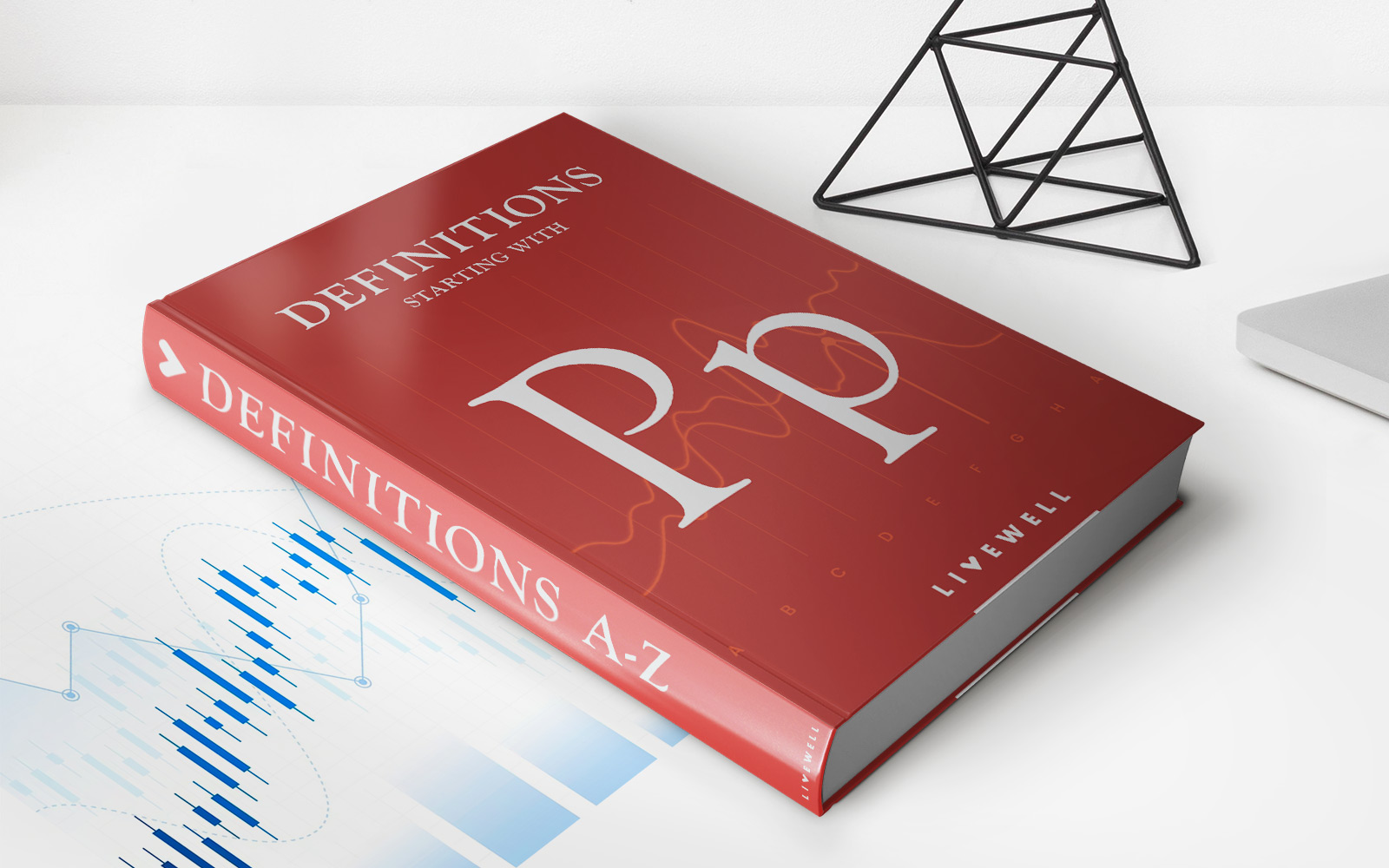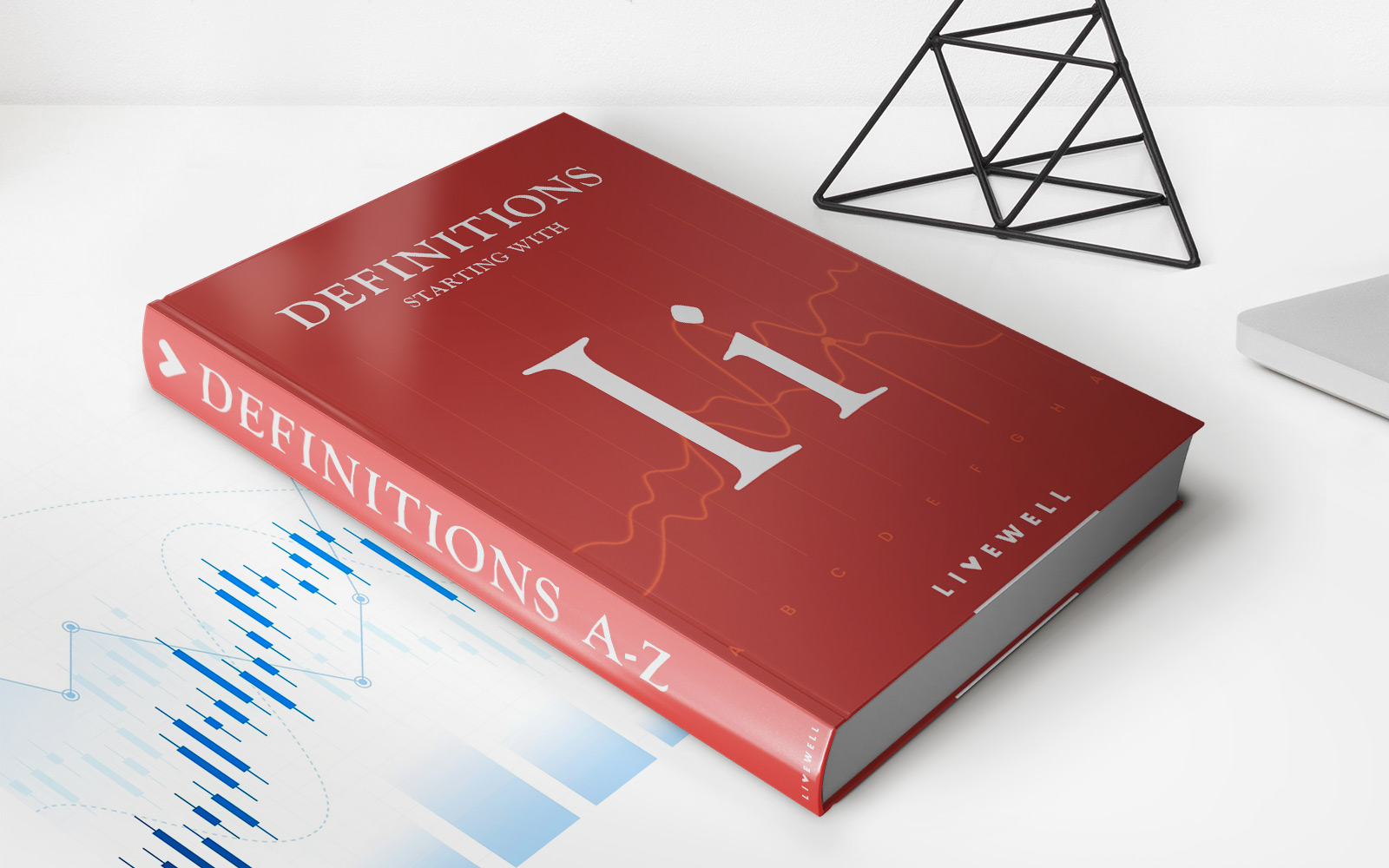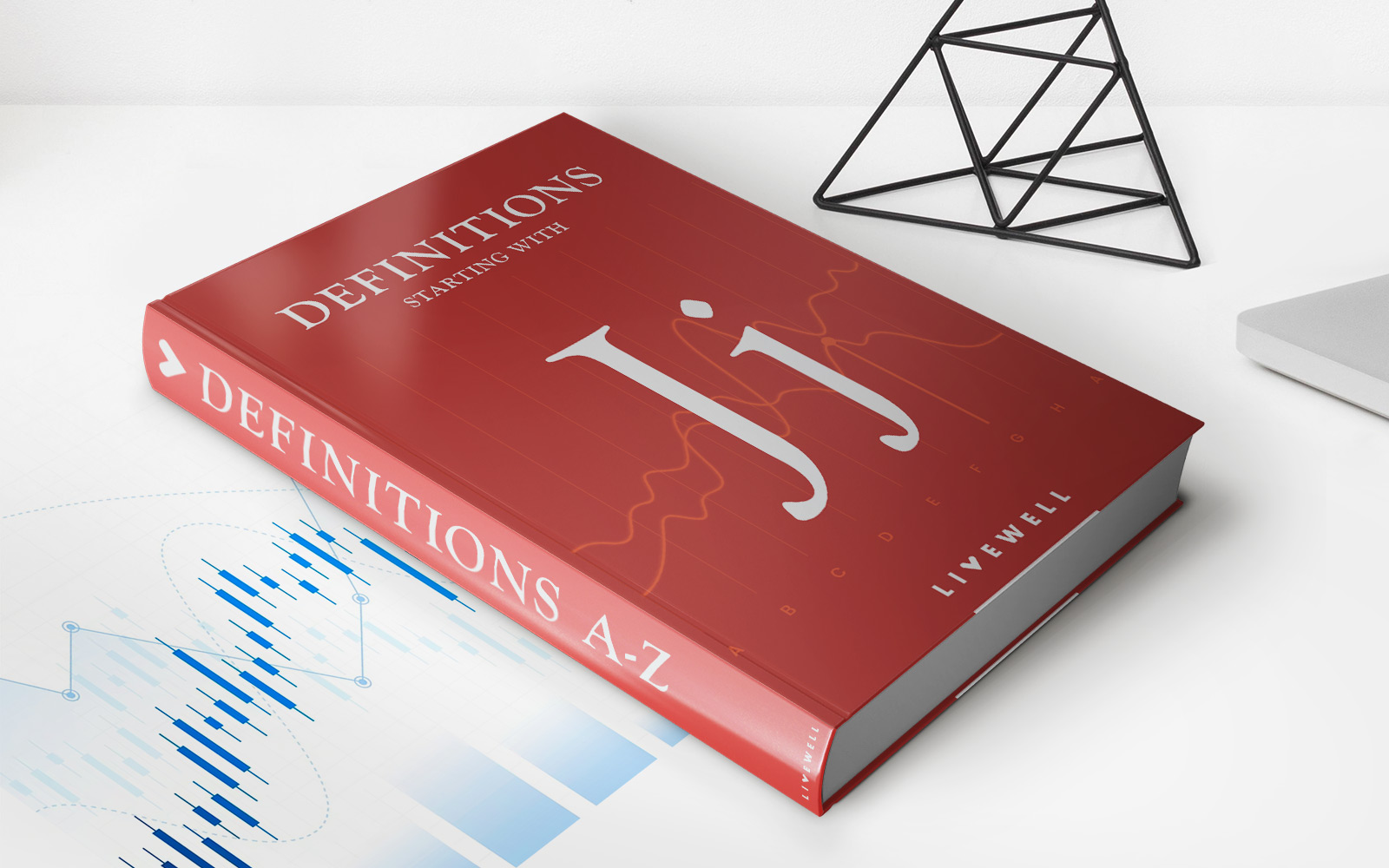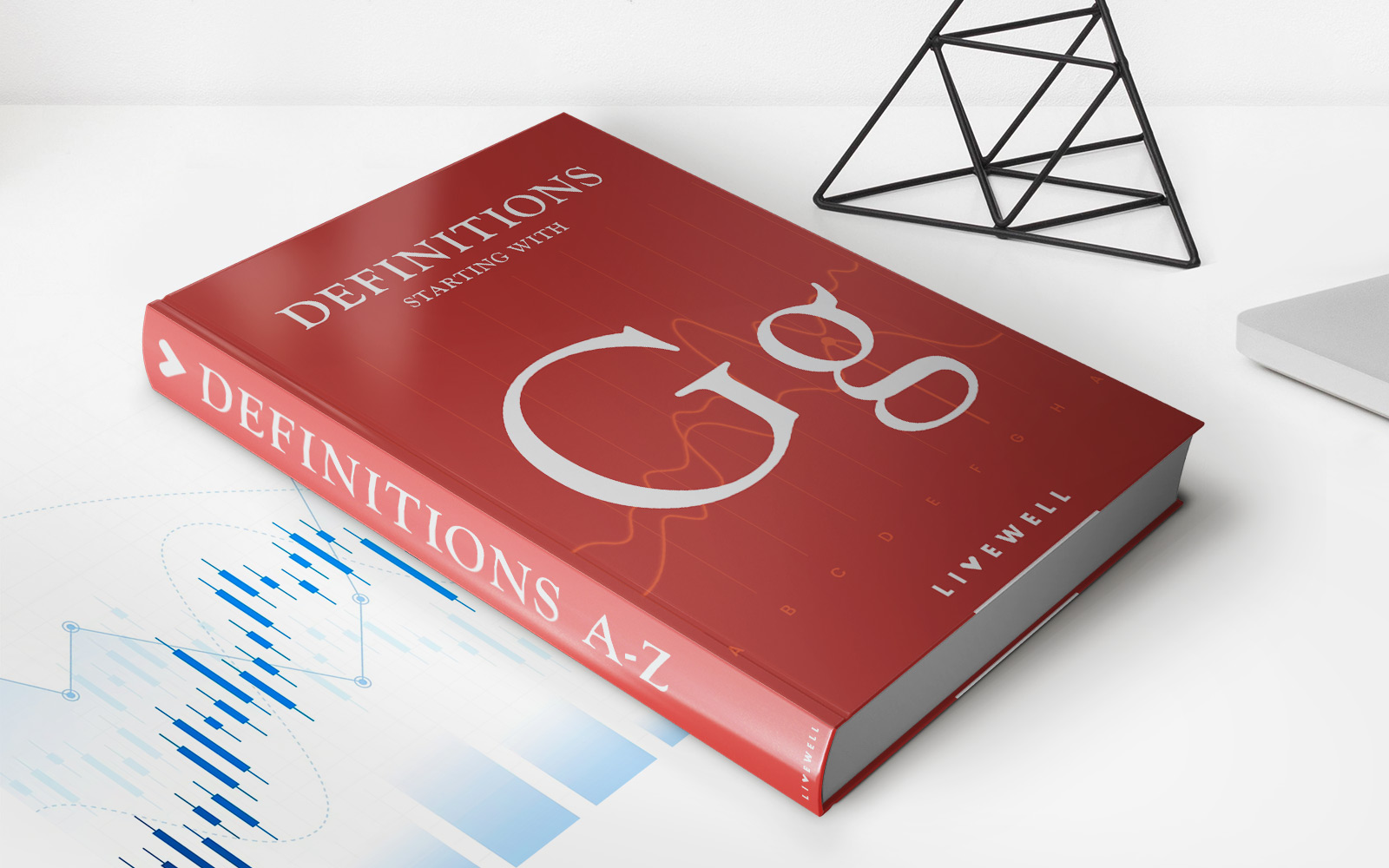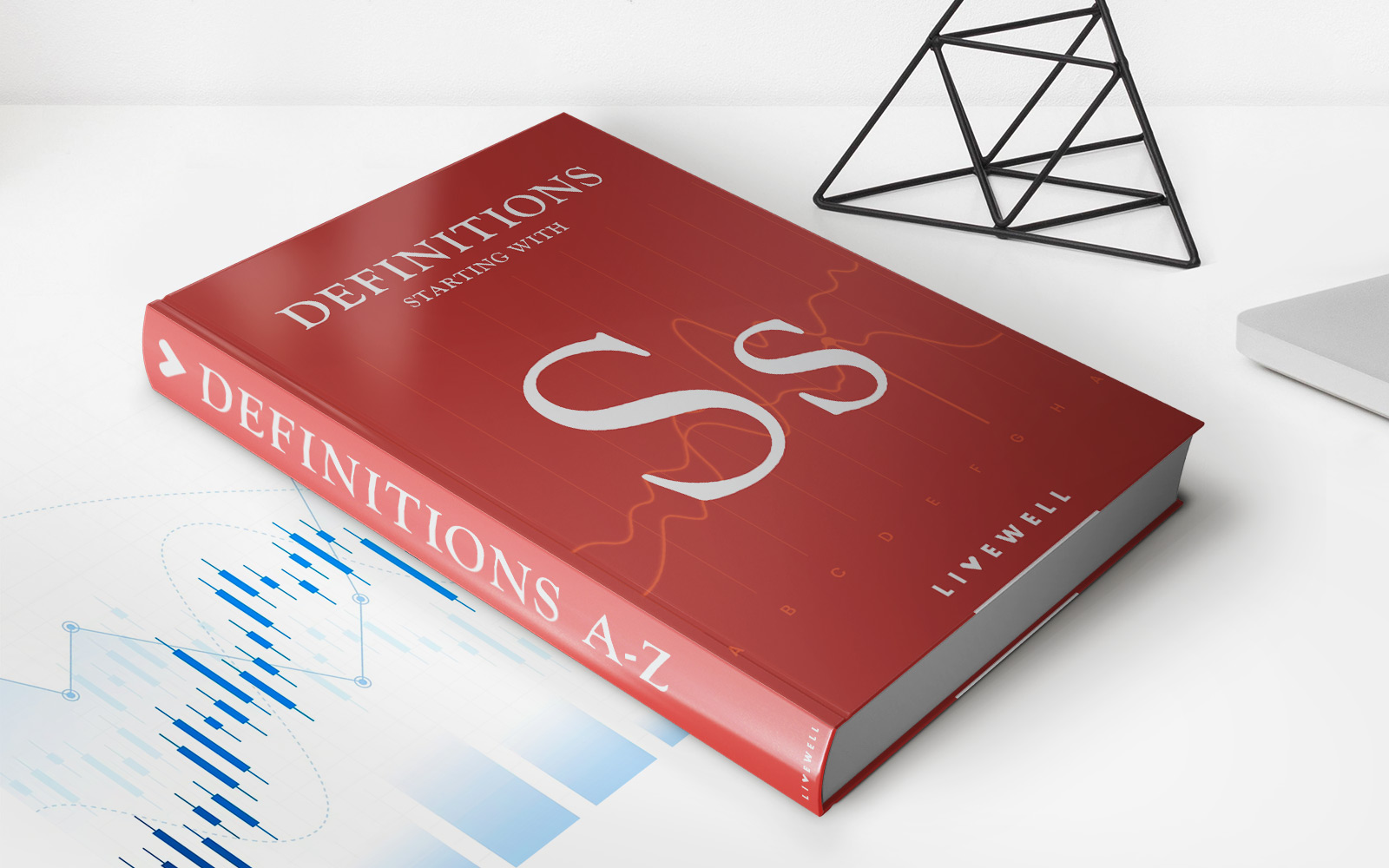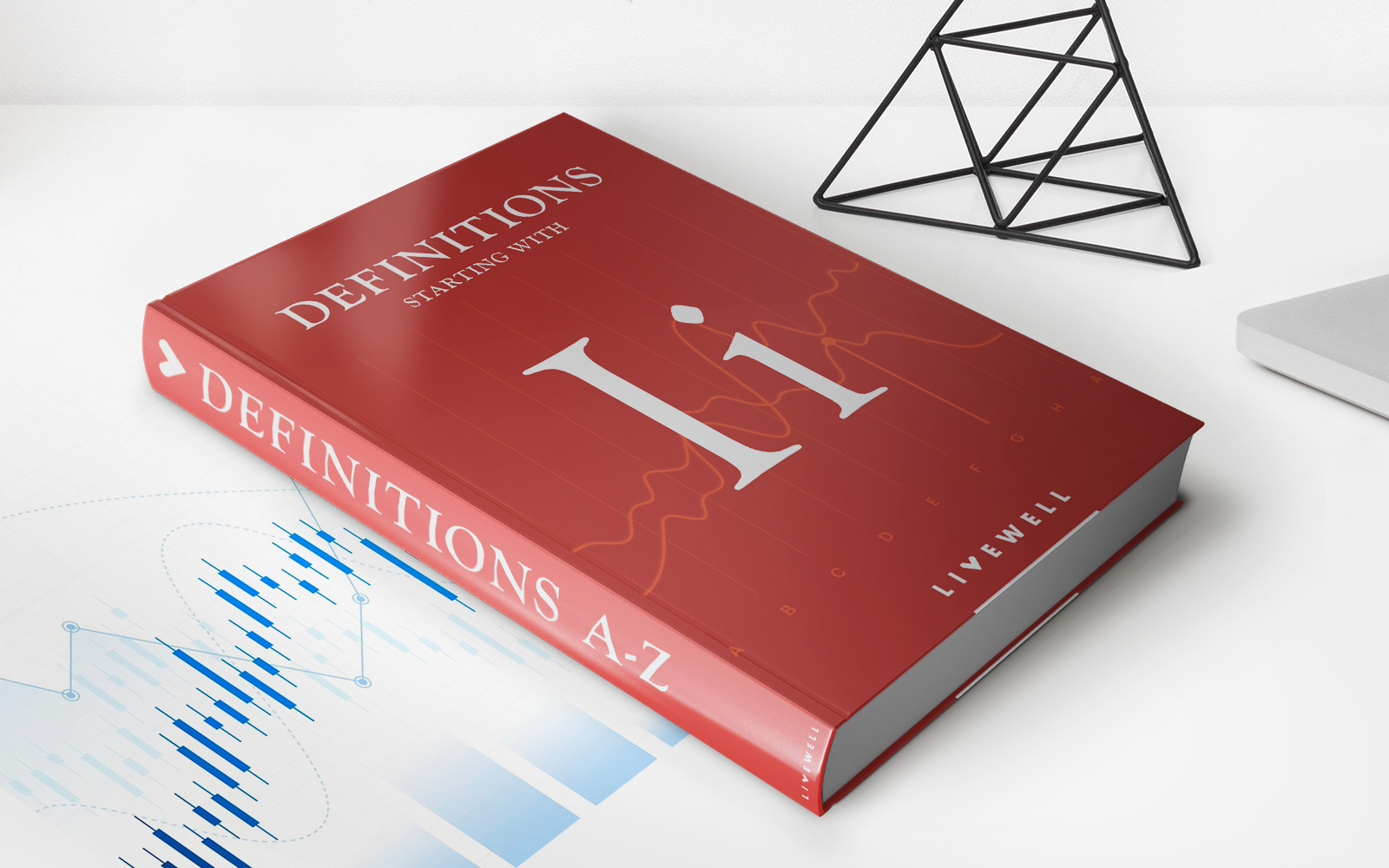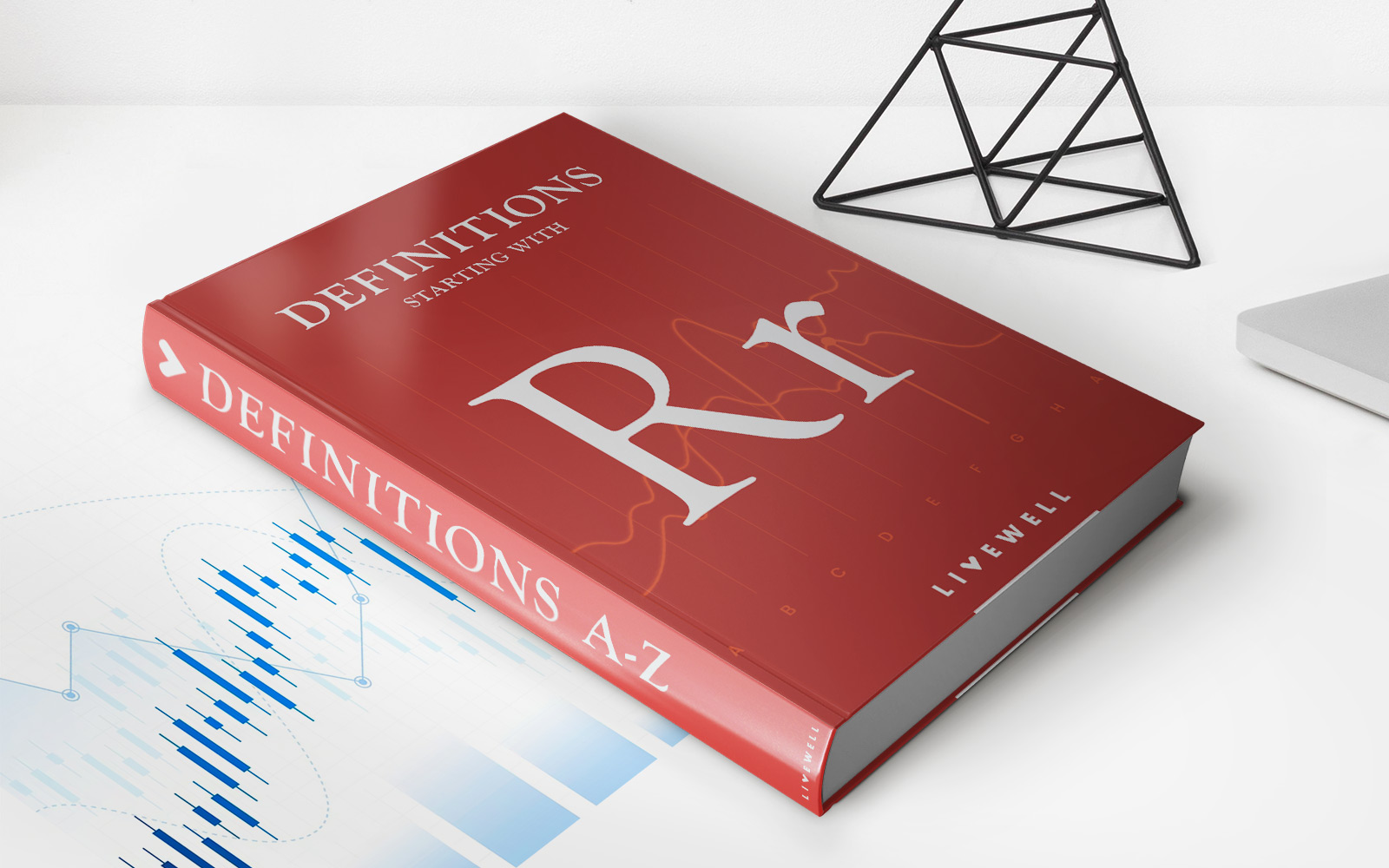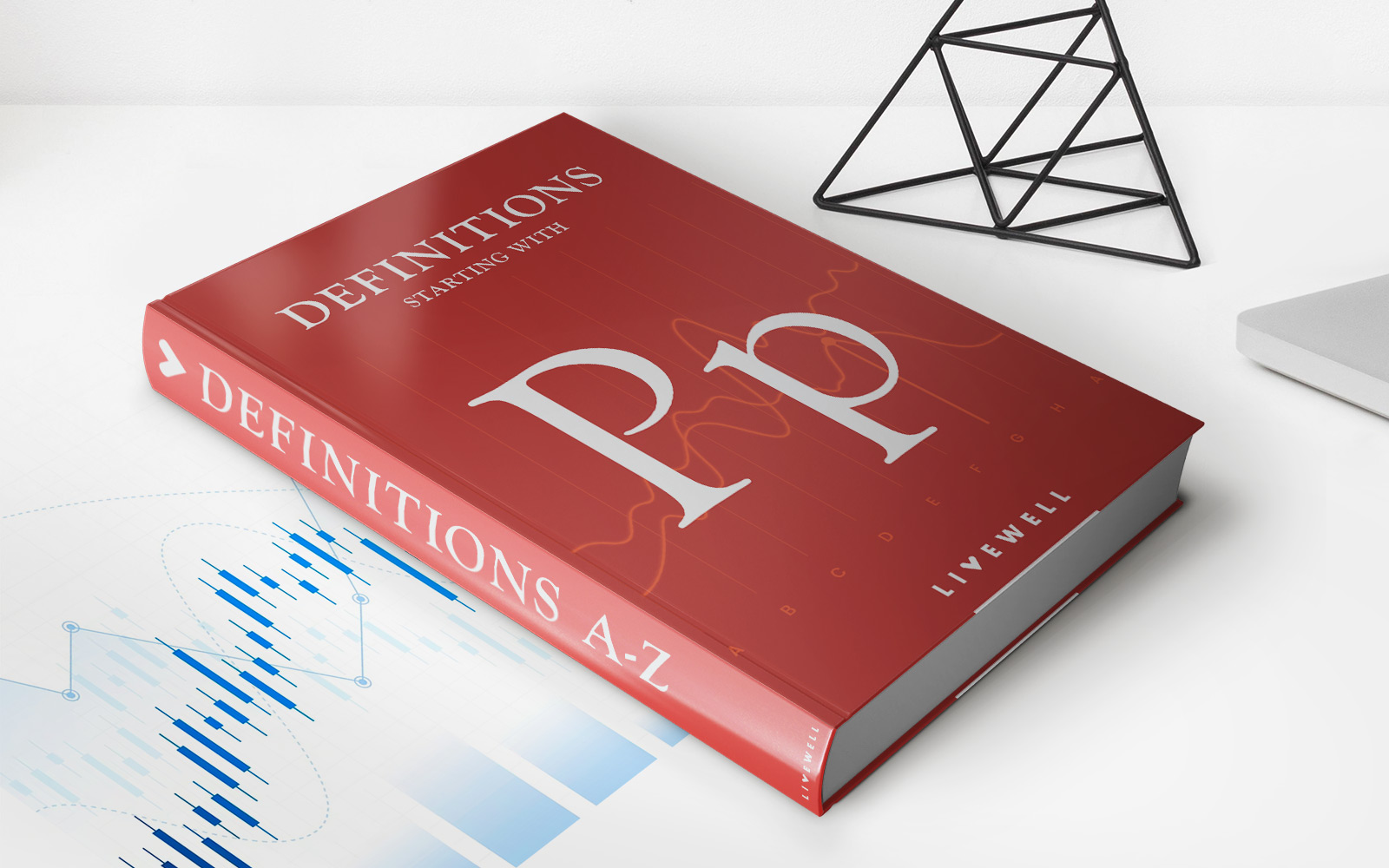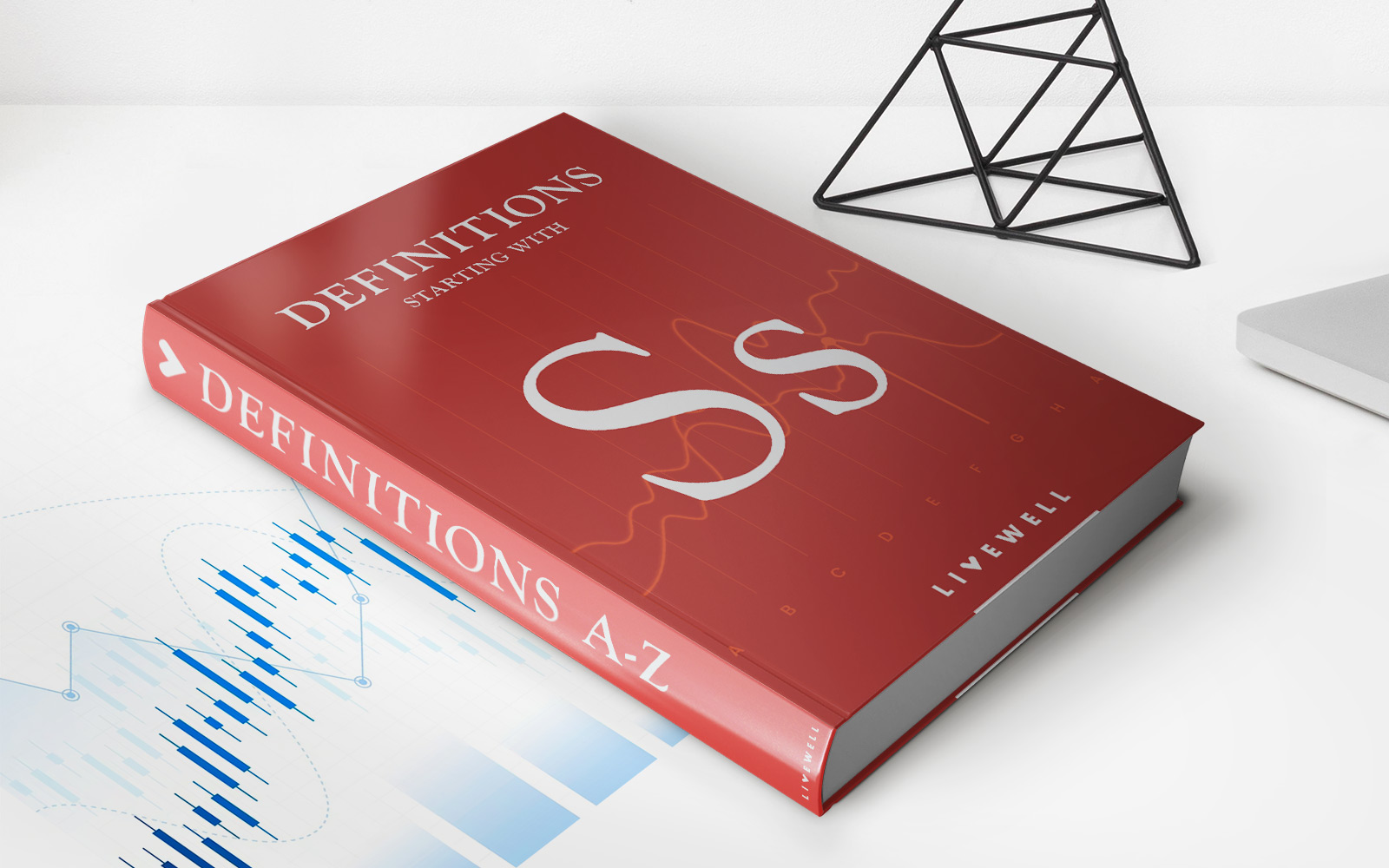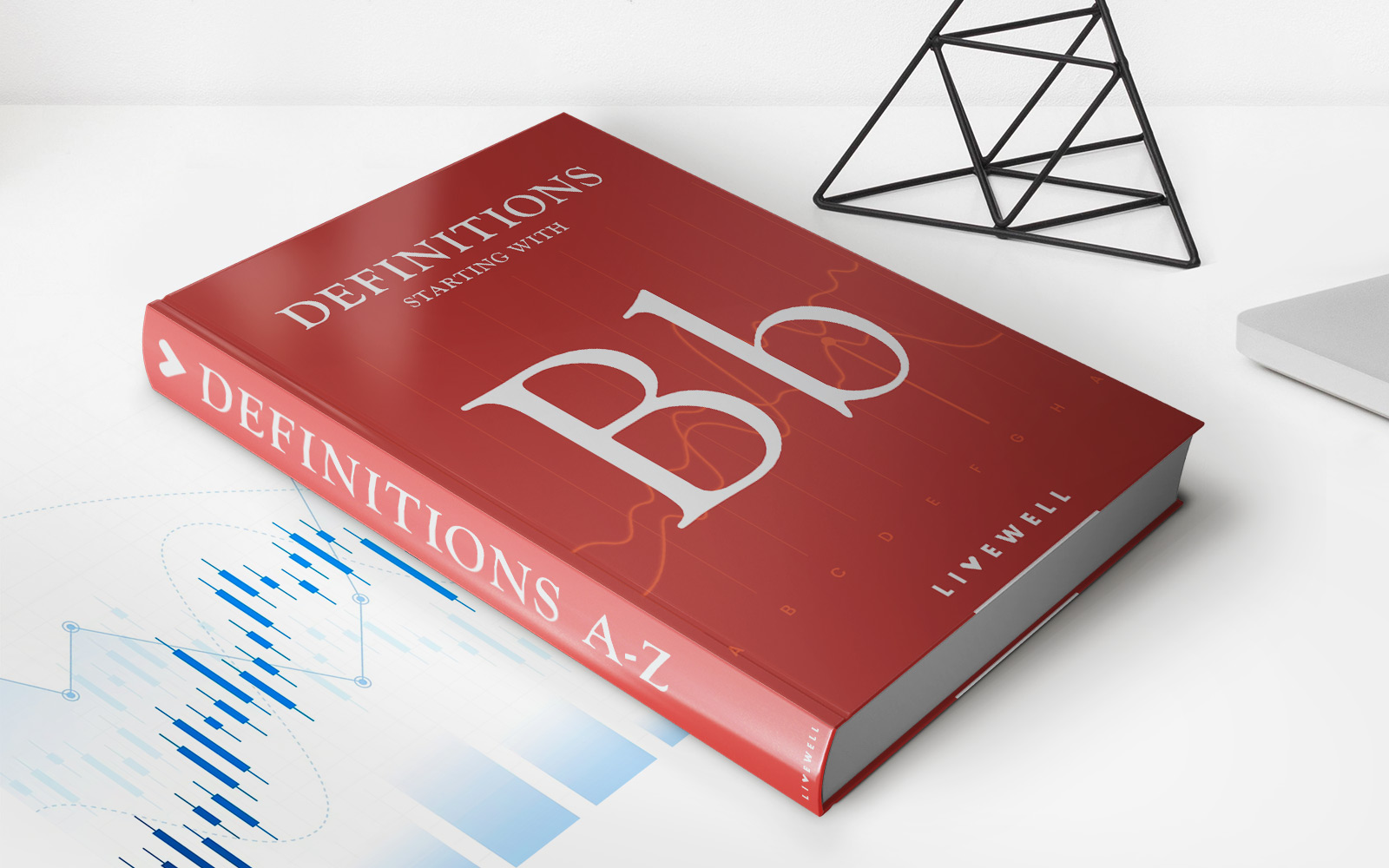Home>Finance>Swap Curve: Definition, Comparison To Yield Curve, And How To Use


Finance
Swap Curve: Definition, Comparison To Yield Curve, And How To Use
Published: February 4, 2024
Learn the definition of swap curve in finance and how it compares to yield curve. Discover how to effectively use swap curves for financial analysis.
(Many of the links in this article redirect to a specific reviewed product. Your purchase of these products through affiliate links helps to generate commission for LiveWell, at no extra cost. Learn more)
Swap Curve: Definition, Comparison to Yield Curve, and How to Use
Welcome to our FINANCE blog series! In this post, we’ll deep dive into the fascinating world of swap curve. If you’re not familiar with swap curves, don’t worry, we’ve got you covered. In this article, we’ll define swap curves, compare them to yield curves, and explore how to use them effectively. So, let’s get started!
Key Takeaways:
- Swap curves are a graphical representation of the interest rates derived from interest rate swaps.
- While both swap curves and yield curves provide insights into interest rates, they differ in terms of the type of rates they represent.
What is a Swap Curve?
A swap curve is a graphical representation of the interest rates derived from interest rate swaps, which are financial contracts that allow parties to exchange fixed and floating interest rate payments. The swap curve provides a snapshot of the market’s expectations for future interest rates over various time horizons.
Similar to yield curves, swap curves are plotted on a graph where the x-axis represents different time horizons, such as 2 years, 5 years, 10 years, etc., and the y-axis represents the corresponding interest rates.
Comparison to Yield Curve
At first glance, swap curves may seem similar to yield curves, as both provide insights into interest rates. However, they differ in terms of the type of rates they represent. While yield curves reflect the yields of fixed-income securities, such as bonds, swap curves focus on interest rates derived from interest rate swaps.
In other words, yield curves show the relationship between bond yields and their respective maturities, whereas swap curves illustrate the relationship between interest rates on swaps and their respective tenors.
How to Use Swap Curves
Now that we understand what swap curves are and how they differ from yield curves, let’s explore how they can be used effectively:
- Interest Rate Forecasting: Swap curves are widely used by financial professionals to gauge market expectations for future interest rates. By analyzing the shape and movement of the swap curve, experts can make informed predictions about future interest rate trends.
- Valuing and Pricing Swaps: Swap curves serve as a vital tool for valuing and pricing interest rate swaps. By linking the present value of future cash flows to the corresponding swap rates on the curve, market participants can accurately determine the fair value of such swaps.
- Risk Management: Swap curves are also utilized for managing interest rate risk. Financial institutions, corporations, and investors can reference swap curves to assess their exposure to changes in interest rates and develop risk mitigation strategies accordingly.
Whether you’re an investor, a trader, or a financial analyst, understanding and utilizing swap curves can enhance your decision-making process and provide valuable insights into the interest rate landscape.
Conclusion
In conclusion, swap curves are a powerful tool in the world of finance. While similar to yield curves, swap curves offer unique insights into the interest rate landscape derived from interest rate swaps. By utilizing swap curves for interest rate forecasting, valuing and pricing swaps, and managing risk, financial professionals can make more informed decisions. So, make sure to leverage swap curves to stay ahead in the ever-changing world of finance!
We hope this article has provided you with a comprehensive understanding of swap curves. Stay tuned for more insightful content on various financial topics in our FINANCE blog series.
